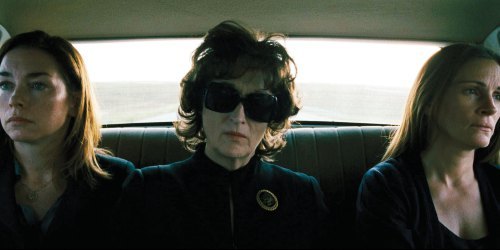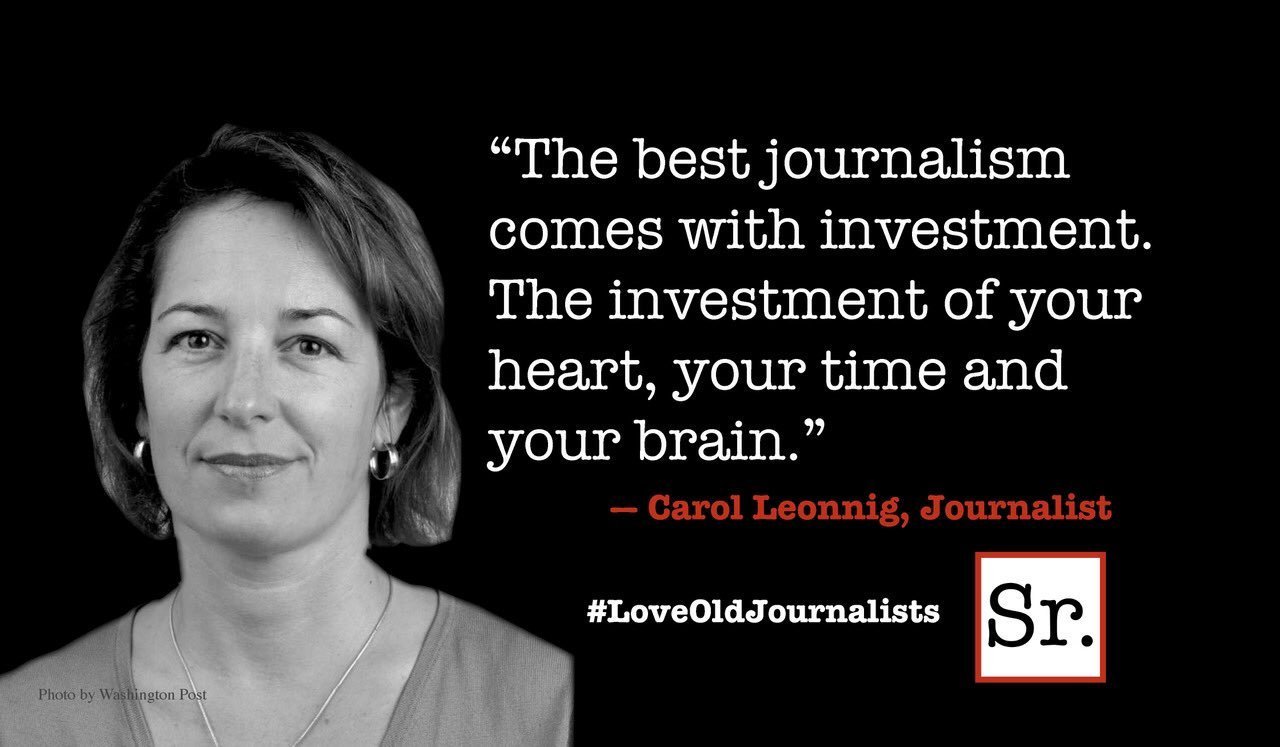Some stories were meant to be performed on a stage.
For instance, the plays of Sam Shepard, which deliver moments of violence and affrontery you almost never see in live theater. A Shepard character might be required to beat a typewriter to death with a golf club, smash dozens of glass bottles just feet from the folks in the front row, or urinate on his little sister’s science project in full view of the paying customers.
If those things happened in a movie, you’d shrug. No big deal. In a movie you can do anything.
But seeing those moments play out live, in the flesh, while you brace yourself to dodge flying glass shards or broken typewriter keys … well, that has a way of focusing your mind most wonderfully.
I thought of Shepard’s plays while watching John Wells’ screen version of ”August: Osage County,” Tracy Letts’ Pulitzer-winning black comedy about an Oklahoma clan assembled to bury its patriarch (played, ironically enough, by Sam Shepard). In the same way that Shepard’s plays almost never make satisfying movies, “August: Osage County” makes an uncomfortable transition to the screen.
First, don’t buy into the TV ads that make it look like a rollicking comedy. There are laughs here, yeah, but they’re the sort of laughs you can choke on. Dourness is the order of the day.
In adapting his play Letts has boiled a three-and-a-half hour production down to two hours. Stuff’s been left out — character development, carefully calibrated pauses — and while the essence of the play remains, it feels curiously underwhelming.
Wells (a legendary TV show runner with credits like “China Beach,” “ER,” “The West Wing” and “Southland” before making a spectacular feature film directing debut with 2010′s “The Company Men”) has opened up the story, taking advantage of his rural setting and the austere but beautiful Oklahoma landscape. Yet the film remains claustrophobic and stagebound.
This is basically a story about a dozen characters stuck together in a house and doing their damnest to establish dominance, break free, or just get out in one emotional piece. It’s a classic stage setup, like the “bottom of the sea rathskeller” that was the setting for O’Neil’s “The Iceman Cometh.” And away from the stage it feels oddly contrived.
In the first scene Beverly Weston (Shepard), a once-promising poet and now an academic hack, is interviewing a local Native American woman (Misty Upham) for a position as caregiver to his wife, Violet. The lady in question (Meryl Streep), a harridan with little hair, stumbles upon the interview and lets loose with a load of profane, borderline racist ranting.
“Mouth cancer,” Beverly explains to the visitor.
Shortly thereafter Beverly vanishes and the clan is called to assemble.
Beverly and Violet’s oldest daughter, Barbara (Julia Roberts), arrives with her soon-to-be-ex husband, Bill (Ewan McGregor) and their teenage daughter Jean (Abigail Breslin).
It immediately becomes obvious that Barbara loathes her mother. For that matter, she loathes herself.
Middle daughter Karen (Juliette Lewis) is a flighty flake who brings along her current fiance, a sportscar-driving entrepreneur (Dermot Mulroney).
The third daughter, Ivy (Julianne Nicholson) is a sad case who has never married and lives nearby. But she does have a secret affair going. Good for her.
Then there’s Violet’s booming sister Mattie (Margo Martindale, born to the role), her long-suffering husband Charles (Chris Cooper), and their sweet but socially inept son Little Charles (Benedict Cumberbatch).
This, you will have noted, is one hell of a cast.
“August: Osage County” has some late-breaking revelations — one about the paternity of one of the characters, another about an incestuous relationship — but it basically boils down to struggle between Streep’s boozy, cigarette-sucking Violet and Roberts’ Barbara.
They’re good. Really good.
Streep is having a hell of a time with the mean-spirited, tart-tongued Violet, a character determined to exert her authority to the end.
But even better is Roberts, whose Barbara is torn between her desperate need to one-up Mama and her paralyzing fear that she has inherited the worst aspects of Violet’s incendiary, bitter personality.
Late in the movie these two disrupt a family dinner by hurling insults and taking it to the mat — or, rather, the living room carpet. Seeing these two titans of thespian femininity scratching it out like a couple of WWF lady wrestlers is both horrifying and gratifying. It’s a physical manifestation of the mano a mano acting (performance as physical combat) that permeates the movie.
But it also sums up the film’s limitations. Individual moments are diverting enough, but the overall aura of the piece is nasty, ugly. There are some big laughs, but they’re like life rafts floating in an immense sea of bitterness.
On stage that wasn’t a problem. On screen it’s a big one.









